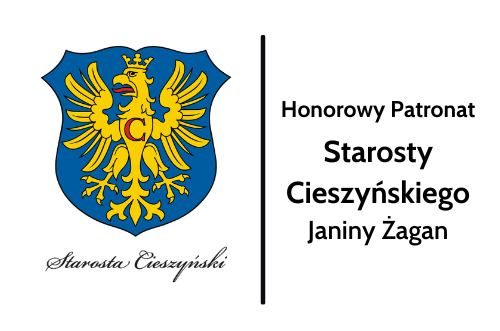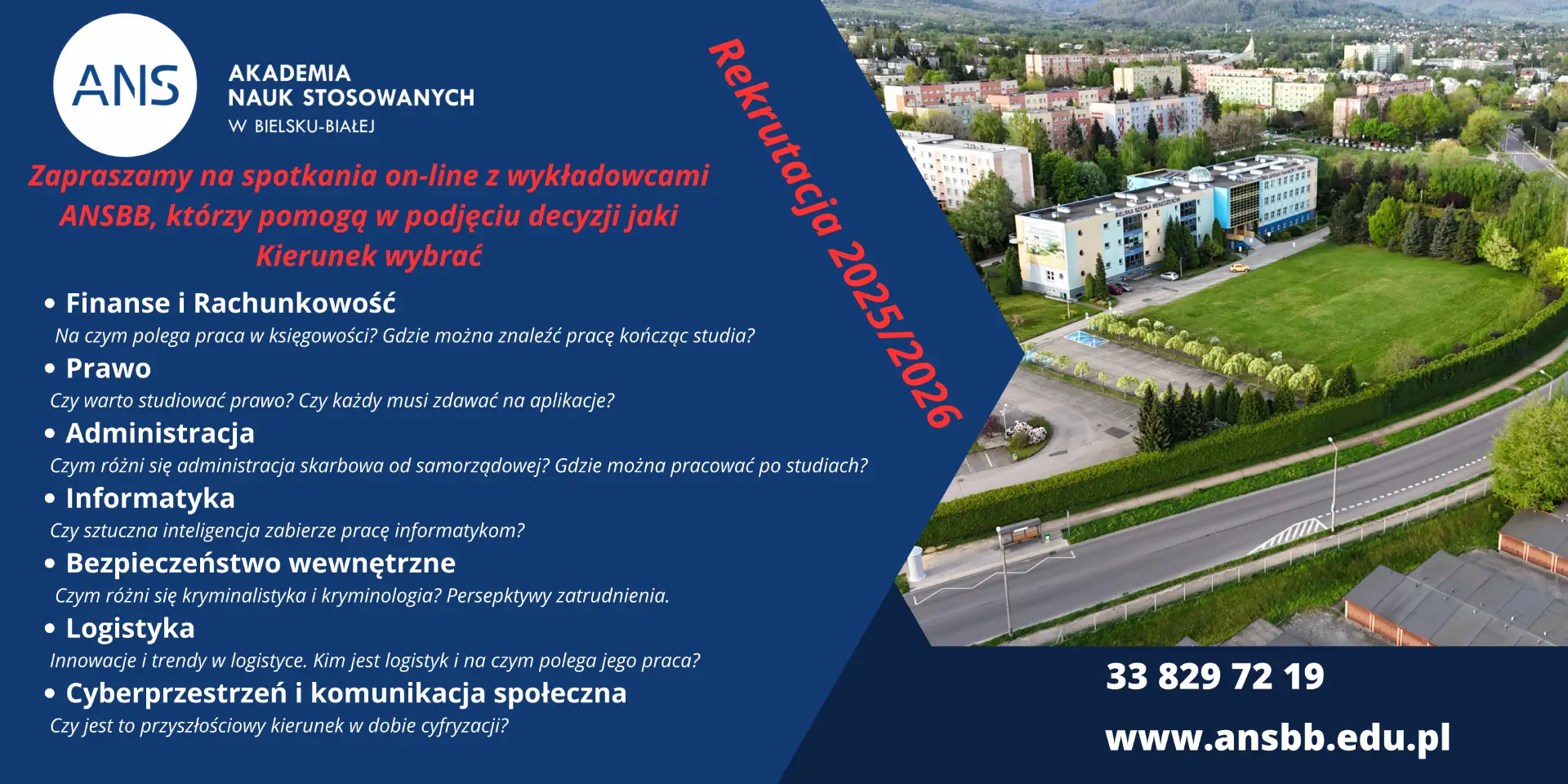Template to prepare a paper
General Considerations
- Authors are obliged to save their manuscript in Word (.doc, .docx, .rtf) format of single column single-spaced page, Times New Roman font type, and 10 points font size. Authors may use readymade ASEJ template in MS-OFFICE version.
- Research manuscripts should comprise:
- Front matter: Title, Author list, Affiliations, Abstract, Keywords
- Research sections: Introduction, Materials and Methods, Results, Discussion, Conclusions.
- Back matter: Supplementary Materials, Acknowledgments, Author Contributions, Conflicts of Interest, References.
- Review manuscripts should comprise the front matter, literature review section and the back matter (it is not strictly required to follow the remaining structure). Structured reviews and meta-analyses should use the same structure as research papers and ensure they conform to the PRISMA guidelines.
- Graphical abstract: should be provided as a self-explanatory image to appear alongside the text abstract in the Table of Contents. Figures must be prepared in image high quality image format (TIF, GIF, JPEG, etc.) and its size should be 11 by 9 cm.
- Abbreviations should be defined in parentheses the first time they appear and used consistently thereafter.
- SI Units (International System of Units) should be used.
- Equations: should be prepared with the use of the Microsoft Equation Editor or the MathType add-on. They should be editable by the editorial office and not appear in a picture format.
- Research data and supplementary materials: all materials, data, and protocols associated with the publication should be available to readers. Disclose at the submission stage any restrictions on the availability of materials or information. Review the information about Supplementary Materials and Data Deposit for additional guidelines.
Front Matter
These sections should appear in all manuscript types:
- Title: should be concise, specific and relevant. It should identify the study (trial data, systematic review, meta-analysis or replication study).
- Author List and Affiliations: Authors' full first and last names must be provided (initials of middle names can be added). The initials of any middle names can be added. The PubMed/MEDLINE standard format is used for affiliations: complete address information including city, zip code, state/province, and country. At least one author should be designated as corresponding author, and his or her email address and other details should be included at the end of the affiliation section.
- Abstract: should be a single citation-free paragraph, no more than 200 words, following the style of structured abstracts, but without headings. It should contain main items:
- Background: Place the question addressed in a broad context and highlight the purpose of the study;
- Methods: Describe briefly the main methods or treatments applied. Include any relevant preregistration numbers, and species and strains of any animals used.
- Results: Summarize the article's main findings and
- Conclusion: Indicate the main conclusions or interpretations. The abstract should be an objective representation of the article: it must not contain results which are not presented and substantiated in the main text and should not exaggerate the main conclusions.
- Keywords: three to six pertinent, specific to the paper, keywords added after the abstract.
Research Manuscript Sections
- Introduction: should briefly place the study in a broad context and highlight why it is important. The purpose of the paper should be defined including specific hypotheses which will be considered. The current state of the research field should be reviewed. The main aim of the work altogether should be highlighted.
- Materials and Methods: should be presented with sufficient details to allow others to use published results. It can be divided into subsections if a number of methods is used.
- Results: concise and precise description of the experimental results should be presented. They should be discussed and explained how they can be interpreted in perspective of previous studies and of the working hypotheses. This section may be divided into subheadings or it may form one uniform part. Footnotes are not recommended - explanations should be placed in the text, in square brackets and written in italics.
- Discussion: Authors should discuss the results and how they can be interpreted in perspective of previous studies and of the working hypotheses. The findings and their implications should be discussed in the broadest context possible and limitations of the work highlighted. Future research directions may also be mentioned. This section may be combined with Results.
- Conclusions: should briefly summarize the presented work, achieved results with special emphasis on its importance and relevance.
- Patents: this section is not compulsory, but may be added presenting results from the work reported in this manuscript.
- Acknowledgments: All sources of funding for the study should be disclosed. Clearly indicate grants received for supporting research work or to cover publication costs. Acknowledgements should appear below the end of the paper and above the section References.
- Author Contributions: Authors' contributions to the conception or design of the work must be clearly defined (range of pages or part of the work) and the authors agree to be personally accountable for the thier own contributions and for answering questions related to the accuracy or integrity of any part of the work.
- Conflicts of Interest: Authors must identify and declare any personal circumstances or interest that may be perceived as inappropriately influencing the representation or interpretation of reported research results. If there is no conflict of interest, please state "The authors declare no conflict of interest."
- References: This is an obligatory part of the work and it is the authors’ responsibility to ensure accuracy of references. Details for each work used or cited in a paper must be given in the Harvard reference style at the end of the paper and arranged alphabetically by the author. For more information use Harvard Referencing guide. We recommend preparing the references with a bibliography software package, such as Harvard Generator, EndNote, ReferenceManager or Zotero to avoid typing mistakes and duplicated references. Your reference list should look like this.
- Figures and schemes must be prepared with a sufficiently high resolution (minimum 1000 pixels width/height, or a resolution of 300 dpi or higher) in one of the preferred formats TIFF, JPEG, EPS and PDF. Figures and schemes in color should be prepared in a RGB at 8-bit per channel format. There is no additional cost for publishing full color graphics.
- Figures, Schemes and Tables should be inserted into the main text close to their first citation and must be numbered following their number of appearance (Figure 1, Scheme I, Chart 1, Table 1, etc.). They should have a short explanatory title and caption.
- All table columns should have an explanatory heading (font 8 pt. in size). To facilitate the copy/editing process, Authors should use Table option of Microsoft Word to create tables.
Back Matter
Adam, D.J., (1984). Stakeholder analysis. 2nd ed. Oxford: Oxford University Press.
Adam, D.J., (2003). Stakeholder analysis today. Royal Journal of Management, 42(7), pp.34-66.
Dworzecki, J. (2010). Przestępczość zorganizowana. Zarys problematyki. In: A. Gałecki, M. Dalecka and T. Tabaczniuk, ed., Współczesne problemy bezpieczeństwa. Zielona Góra: Uniwersytet Zielonogórski, pp. 84-115
Dworzecki, J. (2009). Medzinárodná spolupráca v rámci prevencie a boja proti organizovanej kriminalite. In: L. Hofreiter, ed., Bezpečnosť a bezpečnostná veda. Liptovský Mikuláš: Akadémia ozbrojených síl gen. M.R. Štefánika. pp. 273-280
Brown, G. White, G. and Redding.G., (1984). Modern management.[e-book] London: Redfern Press. Available through: Anglia Ruskin University Library
Act No. 555 of 10 December 1992 on the Prison Service and the Judiciary Guards of the Czech Republic. Set of laws of 1992, item 112 with subsequent amendments.
Preparing Figures, Schemes and Tables










